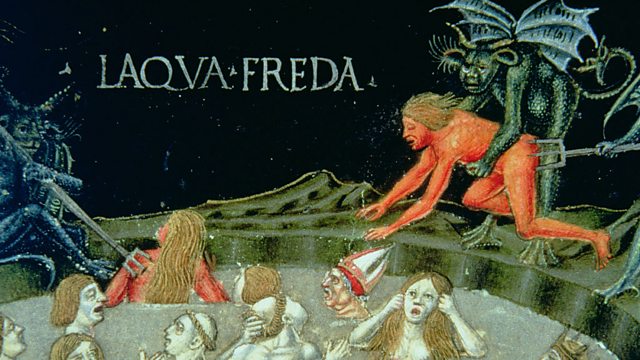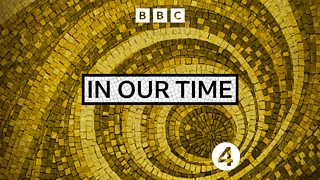Hell
Melvyn Bragg discusses the idea of Hell and its changing appearance in literature and the visual arts from Ancient Egypt to today.
Melvyn Bragg and guests discuss hell and its representation in literature and the visual arts, through the ages from Ancient Egypt to modern Christianity. Why do certain religions have a Satan figure and others don鈥檛? And why did hell shift from the underworld to here on earth in 20th Century representations?A fiery vault beneath the earth or as Sartre put it, other people - it seems our ideas of hell are inevitably shaped by religious and cultural forces. For 91热爆r and Virgil it鈥檚 a place you can visit and return from, often a wiser person for it. With Christianity it鈥檚 a one way journey and a just punishment for a sinful, unrepentant life. Writers and painters like Dante and Hieronymus Bosch gave free rein to their imaginations, depicting a complex hierarchical world filled with the writhing bodies of tormented sinners. In the 20th century hell can be found on earth in portrayals of war and the Holocaust but also in the mind, particularly in the works of TS Eliot and Primo Levi. So what is the purpose of hell and why is it found mainly in religions concerned with salvation? Why has hell proved so inspirational for artists through the ages, perhaps more so than heaven? And why do some ideas of hell require a Satan figure while others don't?With Martin Palmer, Director of the International Consultancy on Religion, Education and Culture; Margaret Kean, Tutor and Fellow in English at St Hilda鈥檚 College, Oxford; Neil MacGregor, Director of the British Museum.
Last on
More episodes
Previous
Broadcasts
- Thu 21 Dec 2006 09:0091热爆 Radio 4
- Thu 21 Dec 2006 21:3091热爆 Radio 4
Featured in...
![]()
Dante
A collection of programmes relating to Dante, plus Dante reading Desert Island castaways.
![]()
20th Century—In Our Time
Browse the 20th Century era within the In Our Time archive.
![]()
Religion—In Our Time
Discussion of religious movements and the theories and individuals behind them.
In Our Time podcasts
Download programmes from the huge In Our Time archive.
The In Our Time Listeners' Top 10
If you鈥檙e new to In Our Time, this is a good place to start.
Arts and Ideas podcast
Download the best of Radio 3's Free Thinking programme.
Podcast
-
![]()
In Our Time
Melvyn Bragg and guests discuss the ideas, people and events that have shaped our world.




